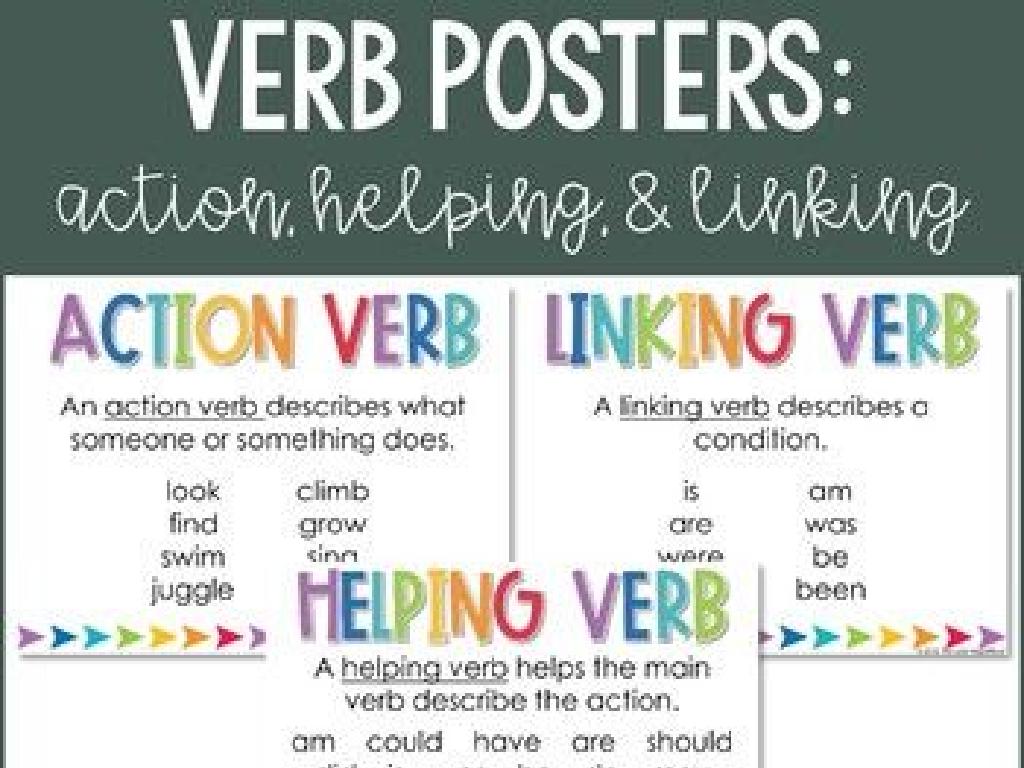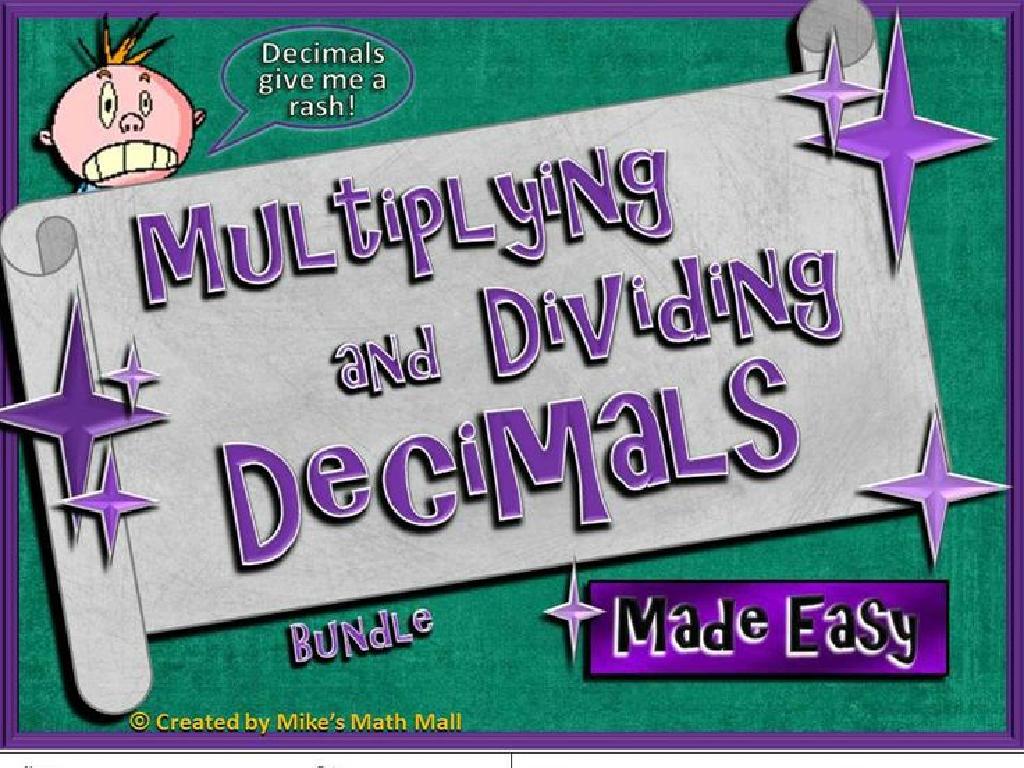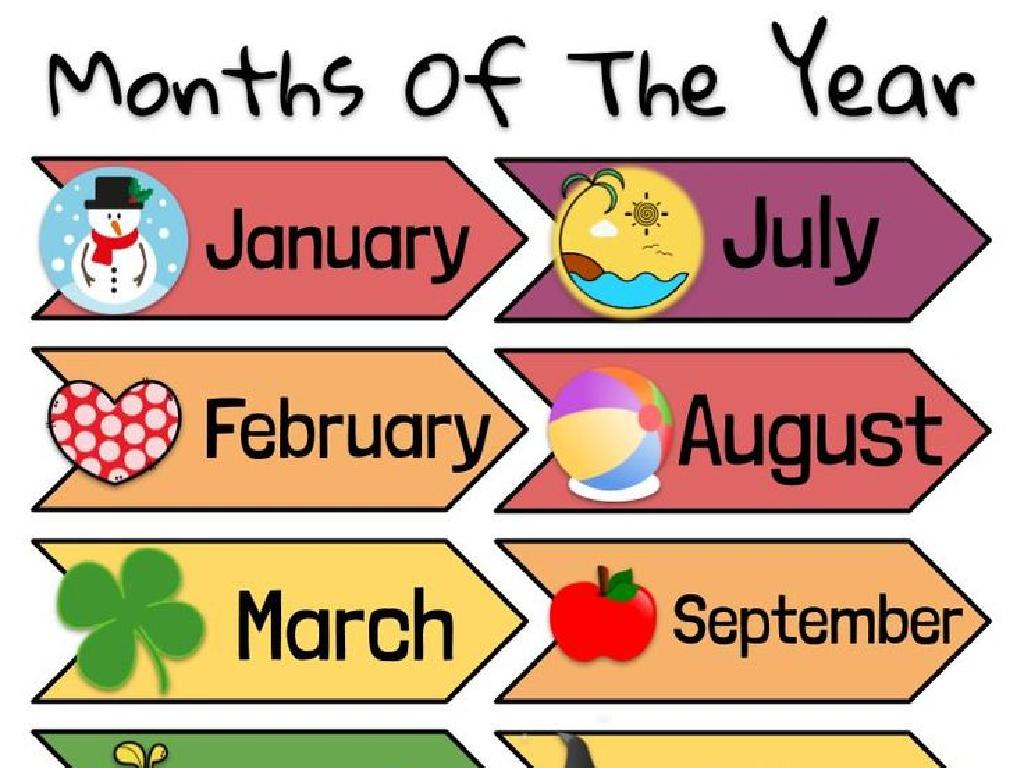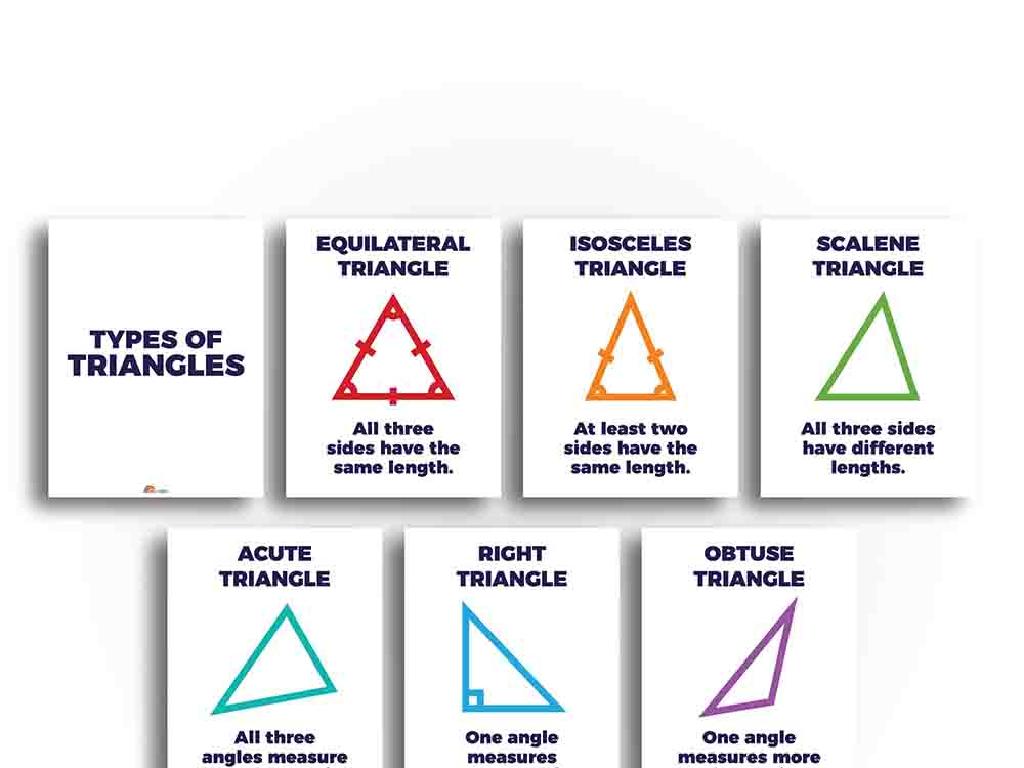Particle Motion And Changes Of State
Subject: Science
Grade: Seventh grade
Topic: Particle Motion And Energy
Please LOG IN to download the presentation. Access is available to registered users only.
View More Content
Particle Motion and Changes of State
– Explore matter and its states
– Define particle motion
– Particles are in constant motion, varying with temperature
– How particles move in states of matter
– Solids vibrate in place, liquids slide over each other, gases move freely
– Investigate state changes
– Heating or cooling can change the state of matter by affecting particle motion
|
This slide introduces the concept of particle motion as it relates to the states of matter solid, liquid, and gas. Begin by discussing matter and its different states, emphasizing that all matter is made up of particles. Explain that particle motion is the movement of these particles within matter and that the motion varies depending on the state of matter. For example, particles in a solid vibrate in place, while those in a liquid can slide over each other, and gas particles move freely. Highlight that changes in temperature can cause particles to move differently, leading to changes in the state of matter, such as melting, freezing, boiling, or condensing. This sets the stage for a deeper exploration of how particle motion leads to state changes, which will be covered in today’s lesson.
Exploring Matter and Its States
– Matter: Occupies space, has mass
– States of matter: Solid, liquid, gas
– Solids have fixed shape; liquids flow; gases fill their container
– Daily life examples of each state
– Ice (solid), water (liquid), steam (gas)
– Understanding state changes
|
Begin the lesson by defining matter as anything that has mass and takes up space. Then, introduce the three states of matter: solid, liquid, and gas, emphasizing the distinct properties of each state. Provide relatable examples for each state to help students connect the concept with their daily experiences, such as ice, water, and steam. Discuss how these states can change from one to another through processes like melting, freezing, and evaporation. Encourage students to think of additional examples and to observe the states of matter in their environment. This foundational knowledge sets the stage for deeper discussions on particle motion and energy in subsequent lessons.
Particle Motion in Different States
– Particle movement in solids
– Particles vibrate but don’t change positions
– Particle movement in liquids
– Particles flow around each other freely
– Particle movement in gases
– Particles move rapidly and spread out
|
This slide aims to explain the concept of particle motion in different states of matter to seventh-grade students. Begin by discussing how particles in solids are closely packed and only vibrate in place, providing a stable structure. Then, explain that in liquids, particles have more space and can move past each other, which allows liquids to flow and take the shape of their container. For gases, describe how particles are much further apart and move quickly in all directions, which is why gases fill any container they’re in. Use diagrams to visualize particle movement in each state. Encourage students to think of examples, such as ice (solid), water (liquid), and steam (gas), to illustrate these concepts.
Changes of State: Melting and Freezing
– Explore the melting process
Particles gain energy and break free from their fixed positions.
– Grasp the concept of freezing
Particles lose energy and become fixed in place.
– Observe ice melting
Consider how ice turns to water on a warm day.
– Discuss water freezing
Think about water turning to ice in a freezer.
|
This slide aims to explain the processes of melting and freezing in the context of particle motion and energy. During melting, particles absorb energy, which causes them to vibrate more vigorously and eventually break away from their fixed positions, transitioning from a solid to a liquid state. Freezing is the opposite; particles release energy, slow down, and settle into fixed positions, forming a solid. Use everyday examples like ice melting into water on a warm day and water freezing into ice in a freezer to illustrate these concepts. Encourage students to think of other examples of melting and freezing they’ve observed in their daily lives. This will help them relate the scientific concepts to the real world, enhancing their understanding.
Changes of State: Evaporation and Condensation
– Understanding evaporation
– Evaporation occurs when liquid turns into gas.
– Exploring condensation
– Condensation is gas turning back into liquid.
– Everyday evaporation: drying clothes
When clothes dry, water evaporates from them.
– Everyday condensation: dew on grass
Dew forms when water vapor condenses on cool surfaces.
|
This slide introduces students to the concepts of evaporation and condensation, which are vital processes in the water cycle and important for understanding particle motion in different states of matter. Evaporation is the process where liquid water turns into water vapor, which is a gas, often driven by heat. Condensation is the reverse process, where water vapor cools down and changes back into liquid form. Use daily examples to make these processes relatable: drying clothes is a result of evaporation, while dew formation on grass in the morning is a result of condensation. Encourage students to think of other examples they’ve observed in their daily lives. This will help them grasp the concepts more firmly and understand the practical implications of these changes of state.
Changes of State: Sublimation and Deposition
– Sublimation: Solid to Gas
– Particles gain energy and skip liquid phase
– Deposition: Gas to Solid
– Gas particles lose energy, form solid directly
– Examples: Dry Ice and Frost
– Dry ice sublimates; water vapor deposits as frost
– Impact on particle motion
|
This slide introduces students to the concepts of sublimation and deposition, which are less commonly experienced changes of state than melting or boiling. Sublimation occurs when a solid turns directly into a gas without passing through the liquid phase, which can be observed with dry ice. Deposition is the reverse process, where a gas turns directly into a solid, as seen when frost forms on cold surfaces. These processes are excellent examples of how energy affects particle motion, with sublimation requiring an increase in energy and deposition involving a decrease. Encourage students to think about how the particles are moving in each state and what causes these transitions.
Energy and Particle Motion
– Energy’s role in particle motion
Particles move faster with more energy, slower with less.
– Temperature: A particle motion indicator
Higher temperatures mean faster particle motion.
– Experiment: Temperature and state changes
Track temperature as ice melts to water, then boils.
– Observing energy’s effect on matter
|
This slide introduces the concept that energy affects particle motion, which is fundamental to understanding states of matter. Explain that as energy increases, particles move faster, and as it decreases, they move slower. Temperature is a key indicator of this motion; higher temperatures correlate with increased particle velocity. The class experiment involves measuring temperature changes as ice melts to water and then boils to steam, providing a practical demonstration of energy’s impact on particle motion and state transitions. Encourage students to hypothesize about the temperature changes before the experiment and discuss the results afterward to reinforce the concepts.
Class Activity: Observing Particle Motion
– Observe state changes in water
– Record ice to water to steam
– Note temperature changes
– Use thermometers to measure temperature at each state change
– Discuss observations with class
– Share findings and understand particle motion during state changes
|
In this activity, students will visually observe the changes in state of water and understand how particle motion varies with each state. Provide each group with ice cubes, beakers, hot plates, and thermometers. Guide them to carefully heat the ice and record the temperature at which it turns to liquid and then to gas. Encourage them to note the changes in particle motion as energy is added. After the activity, lead a discussion to help them articulate their observations and solidify their understanding of the concepts of particle motion and energy. Possible variations of the activity could include observing the condensation of steam on a cool surface or measuring the time it takes for the ice to melt at different temperatures.
Conclusion: Particle Motion & State Changes
– Review particle motion in states
Particles move differently in solids, liquids, and gases.
– Recap state changes and energy
Energy is absorbed or released during transitions like melting or freezing.
– Q&A session for clarification
– Summarize key learning points
Revisit the main concepts covered today.
|
This slide aims to consolidate the students’ understanding of how particles behave in different states of matter and the role of energy during state changes. Begin by reviewing how particles are tightly packed in solids, more spaced out in liquids, and free-moving in gases. Then, recap how adding or removing energy can lead to state changes such as melting, freezing, condensation, and evaporation. Open the floor for a Q&A session to address any uncertainties students may have. Conclude by summarizing the key points to reinforce learning and ensure students are comfortable with the concepts before moving on.





